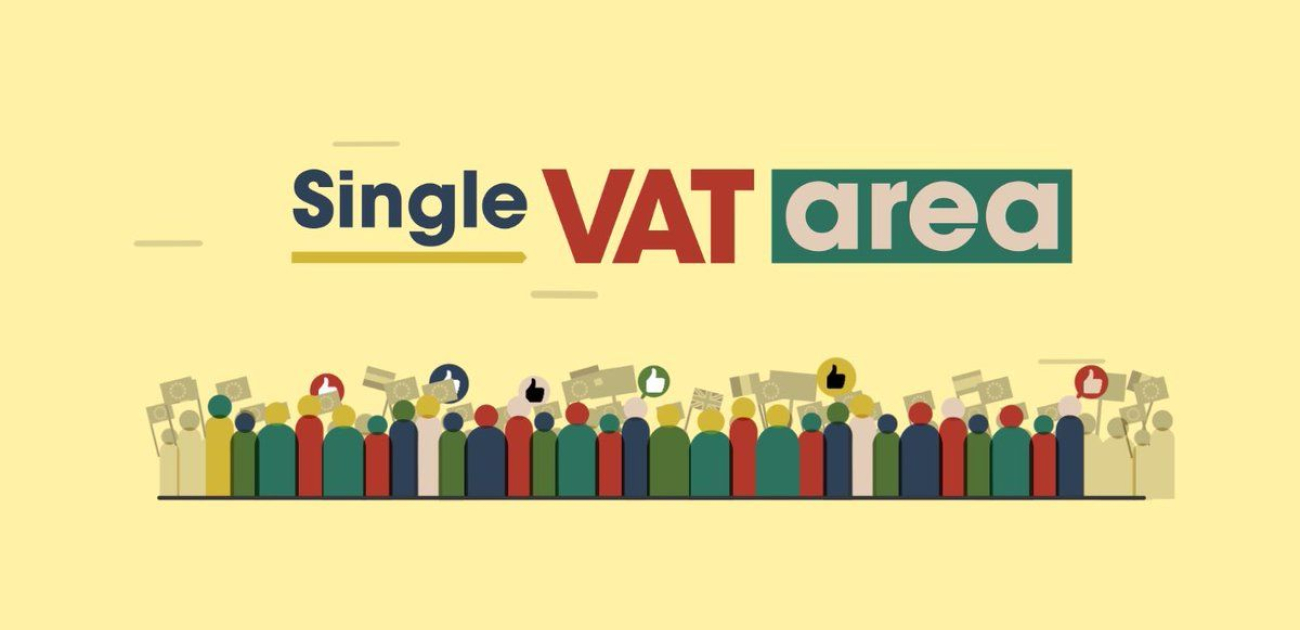A New Step Toward a Single EU VAT Area
The EU VAT system probably represents one of the most important economic achievement in the long and troubled history of our continent. It represents an asset for each state member such as the fair ruler of the whole market.
Since the beginning, almost 50 years ago, the EU VAT system has greatly facilitated trade in the EU by removing obstacles that distorted competition and prevented the free movement of goods.
Value Added Tax (VAT) is a traditional “broad-based consumption tax” and, despite its “seniority”, it is still considered as one of the most growth-friendly forms of taxation and the major and growing source of tax revenue in the European Union.
That being stated, we have also to outline that over the last decade the VAT system has fatally revealed some deep wrinkles caused by the changes of the European background and, as a matter of fact, of the whole economic context. The EU VAT system has been unable - or only partially able - to keep pace with the globalization and digitalization of the economy. In particular, the current system for the taxation of trade between Member States is still based on 25 year old "transitional arrangements".
According to the mentioned “transitional arrangements” the VAT system for member States is currently based on a double pattern of rules entailing the presence of two different regimes: the first dedicated to rule “domestic transactions” and the other to regulate cross-border transactions. This last regime compels all the European cross-border operators to suffer extra bureaucratic costs.
The EU Commission estimates that businesses trading cross-border bear an extra compliance cost of 11% in comparison to businesses trading only domestically. In addition, by allowing goods to be purchased cross-border free of VAT, these arrangements are particularly prone to fraud. In 2015, 151 billion euro, representing 12.8% of the VAT liability were lost due to fraud and other shortcomings. In this regard, the EU Commission also estimated that 50 billion is due to cross-border VAT fraud, a fraud committed in large part by criminal organizations and which, according to recent press reports, has been used to finance terrorism too.
The current EU VAT system is too fragmented and too prone to fraud, consequently the EU Commission aims at rebooting the VAT system to ensure it remains an asset for the future and the first step to move toward the future impose to put in place a unified VAT regime. These measures respond to several objectives, i.e. adapting the VAT system to the global, digital and mobile economy, supporting the needs of SMEs, providing for an adequate rates policy, putting an end to cross-border fraud and, last but not the least, helping Member States closing the VAT gap.
The European legislator judges that the need of modernization of the existing VAT system will be satisfied through the adoption of a series of gradual measures, i.e. a legislative package on the definitive VAT system for intra-Union business-to-business, also named as B2B trade; a proposal on the reform of the VAT rates, a proposal to reinforce the existing instruments for VAT Administrative Cooperation and a proposal to simplify the VAT rules for SMEs.
With reference to the above mentioned subjects, two of them are quite relevant and deserve to be better evaluated in consideration of the fact that will practically affect the greatest part of any VAT European operator involved in the specific matter of selling goods by the internet and/or simply in cross border purchases/sales.
In order to summarize how the VAT system will be improved to be adapted to the global, digital and mobile economy, the expected new rules would allow companies which sell goods online to deal easily with all their EU VAT obligations in one place and would simplify the treatment of VAT for start-ups and micro-businesses selling online cross-border sales under EUR 10 000. SMEs would also benefit from simpler procedures for cross-border sales of up to EUR 100 000. The new rules would also remove the current VAT exemption for small consignments imported into the EU that are worth less than EUR 22 and ensure that EU business can benefit from a level-playing field.
Further, with reference to the need of creating a robust single European VAT area, this future aim will be achieved by the adoption of several legislative acts aimed at a definitive VAT system based on the principle of taxation in the Member State of destination. The Commission opted for taxation rules according to which, for intra-Union cross-border supplies of goods, the supplier would charge the VAT to his customer at the rate of the Member State of arrival of the goods. The VAT would be declared and paid in the Member State where the supplier is established via a one-stop-shop mechanism.
Our firm, thanks to the experience accrued over last years on domestic and international VAT matters is at your complete disposal in order to assist you. So do not hesitate to contact us, we are ready to jointly evaluate your case aimed to envisage the best VAT arrangement according to the expected measures.
Do you want more information?
 Stefano Lecchi
Stefano LecchiStefano Lecchi, is specialized in tax litigation, extraordinary taxation and to groups of Insurance; he is engaged as associate and team leader for more than ten years.
